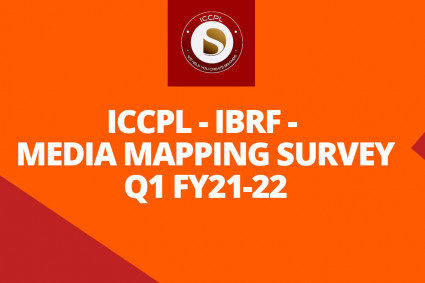There are a lot of recent entrants to the AI startup scene, but one founder who’s been around for a while is Builder.ai’s Sachin Dev Duggal.
The UK-headquartered company helps businesses small to giant build web or mobile apps without the need for technical knowledge. The Port Authority of Singapore is using it to build software to manage container loads, while a nursery school is using it to build a parent-teacher app. On average, these projects take about three to four months, versus 12 to 18 with traditional software development companies, according to Duggal.
Builder.ai has roughly 1,000 employees and this year even managed to raise a massive $250m round from the Qatar Investment Authority and others during the worst tech downturn in recent years.
But Sachin Dev Duggal is not a stranger to criticism. Former and current employees told the Wall Street Journal back in 2019 that Builder.ai’s precursor (the company has since changed its name) overstated its AI capabilities and understated the role humans played in the software development process. The founder responded that the company was always clear with customers and investors about using what they refer to as “human-assisted AI”. Duggal told Sifted he’s “glad” the article came out because it helped the company “focus”.
Eleanor sat down with Duggal on the Sifted podcast (listen here) to chat about how the business has changed since then and the role that humans and AI play now. They also chatted about the mistakes in hiring that he thinks he’s made, AI salaries — and even Buddhism. Here are the highlights.
How exactly Builder.ai uses AI
Builder.ai wants to cut the number of people needed to make software. How? By thinking of apps as building blocks of code that can be reused and reshuffled again and again, and only using human input for final customisation.
“[We‘re in] a world where it [takes] between 1.2 and 1.8 people to build a piece of software. The issue we have is demand still far outstrips supply, so if we can get to a world of 0.6 or 0.5 or 0.8, I feel like you’re going to start to see a demand and supply match,” Duggal says.
To achieve this, Builder.ai uses a combination of third-party open-source models — like Google’s Bard — that it customises. “What’s key is in many cases, it’s not a single model problem, so we cascade or daisy-chain the models.”
He says that some older AI models — especially computer vision models — work better. “They don’t have the fat that the new ones do and they’re laser fast.” Builder.ai is using large language models with caution, he added, because they’re known for making things up.
“In many cases, we are putting really tight boxes around how we use outsourced models, which are different — at least the way we look at it — to in-sourced open-source models where we’ve made adjustments.”
The company is now looking into using AI to understand customer intent — or, in other words, analysing what a customer really means and wants when they ask for a software feature change — and has two PhDs out of their AI team whose job is just looking at content.
News source: https://sifted.eu/articles/why-ai-founder-calls-himself-chief-wizard






